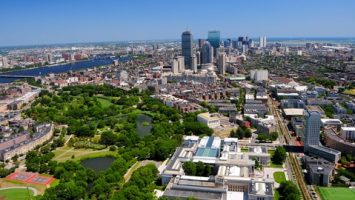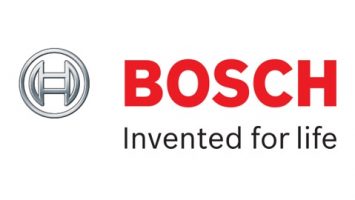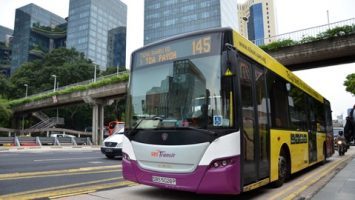
The city of Boston has released a request for information in order to update its smart city strategy. The primary areas of focus are increasing digital access and equity, improving the flow of people through the city, creating accessible and practical public spaces, delivering exceptional city services, expanding constituent engagement, increasing business growth, and building a platform for learning.
The city government is stressing the need to use existing city assets, incorporating smart city technology by redesign, augmentation or replacement. City assets include street lights (the LED light bulb, the pole and, if applicable, the telecommunications equipment), ‘shadow conduit’ and city-owned fiber, trash barrels, fireboxes, parking meters, traffic signal boxes, manholes, sewer drains and grates, kiosks, shelters, benches, fire hydrants, and city vehicles and buildings. A map of these city assets can be seen here.
The overall goal is to deliver public value – whether by people being more easily digitally connected, a reduction of the use of single-occupancy vehicles, an increase safety for bikes and pedestrians, improved services such as trash pick-up, street plowing, and lighting, and an increase in information flow.
According to Jacqueline Lender, the Harvard City of Boston Presidential Public Service Fellow, the RFI is “really looking for ways to improve service delivery within the city using the assets that we have, leveraging new technology.”
Submissions should be sent to jacqueline.lender@boston.gov by January 29, 2017.


